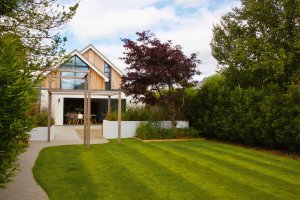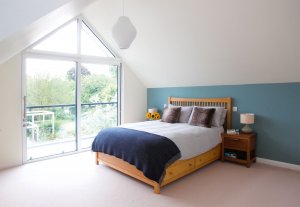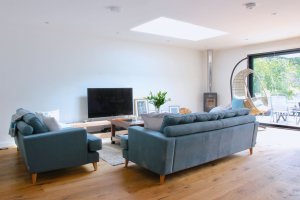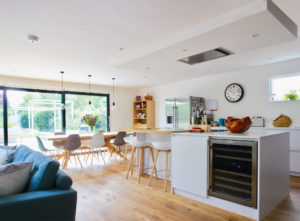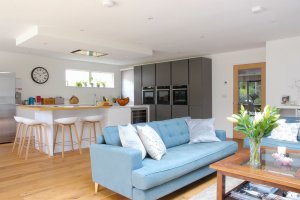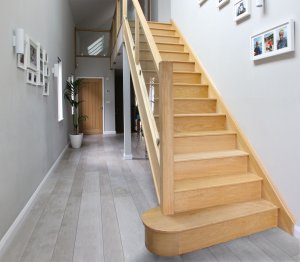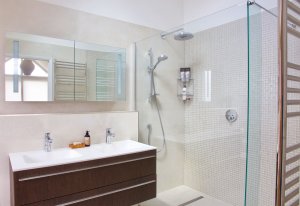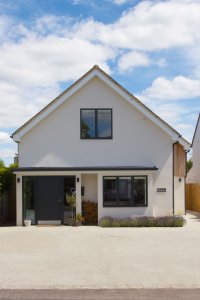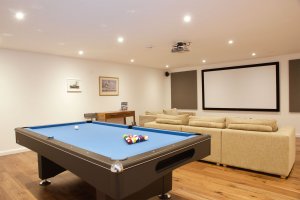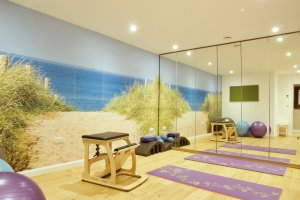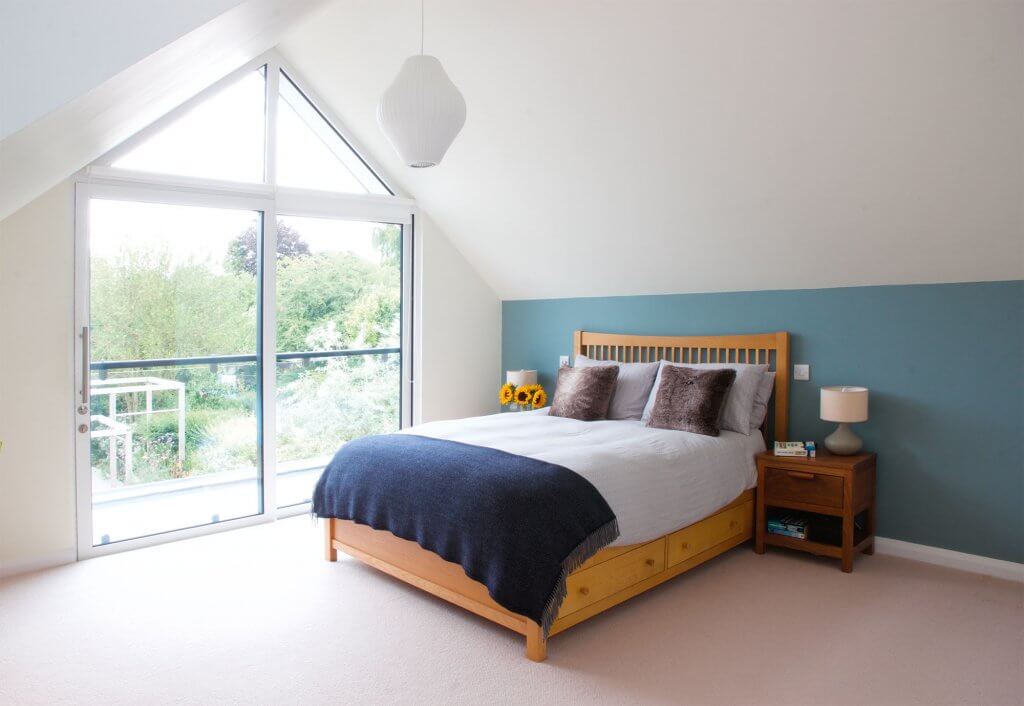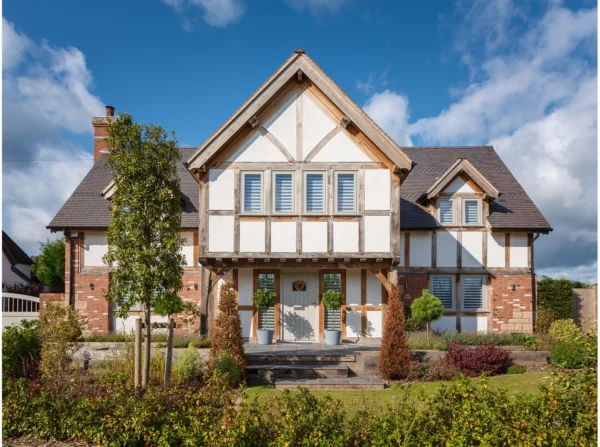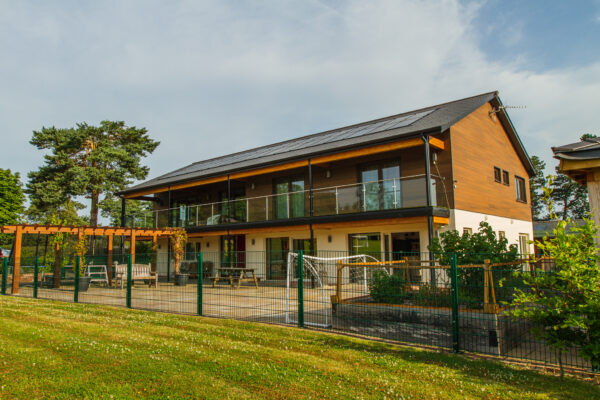Eco-friendly coastal home in West Sussex
Tenacious developer Rob Hall and his partner Cecilie Jacobsen had their hearts set on creating a three-storey family home in an idyllic coastal village in West Sussex.
When their plans were refused, they came up with an ambitious solution: to build down instead of up.
The result is Bosham’s first new house with a basement; quite an achievement, considering the plot is located just 50 metres from the water’s edge and the pair faced vociferous local opposition to the original plans.
Back in 2014, the couple and their four children were renting and keeping a close eye on the property market, with a view to self building. Rob is skilled in this field, having constructed his first house 10 years ago.
In fact, he found the experience so rewarding, that he started his own construction company, and has since worked on a dozen properties for clients. “I was itching to create another lovely home for my own family,” he says.
- namesRob Hall & Cecilie Jacobsen
- locationWest Sussex
- type of projectSelf build
- Construction methodStructural insulated panels (SIPs)
- project routeOwner and architect designed, self project managed
- plot size840m2
- land cost (2014)£730,000
- house size381m2
- project cost£705,000
- project cost per m2£1,850
- total cost£1,435,000
- vat reclaim£30,000
- Building work took (2015)30 weeks
- current value£1,800,000
Beginning the Project
Right from the outset, Rob knew it would take time to find something suitable in Bosham, as it’s such a sought-after place to live.
He looked at a couple of properties which didn’t tick enough boxes, before finally finding a tired-looking former holiday home which instantly appealed. “As it was the worst house on the street, I knew it was a good plot for a replacement dwelling,” he says.
The location was perfect, nestled in a quiet cul-de-sac the pair considered to be the best road in the village.
Read more: Should you demolish and rebuild?
Sitting right by the water near Chichester harbour, in an area of outstanding natural beauty, the plot was decently sized – although fairly narrow – and had a spacious garden. It also lay in the heart of the village and within walking distance of the local primary school and other amenities.
Fired up by their find, Rob clinched the deal and began drawing up plans for a contemporary three-storey structure within the confines of the long site.
Cecilie is Norwegian, so they settled on a minimalist scheme with clean lines and a nod to their coastal surroundings. Most of Rob’s previous builds were in rural locations, featuring green oak frame sections, so this was quite a departure.
Overcoming adversity
It was important to the couple that the build be eco-friendly, so they opted to use structural insulated panels (SIPs), which are highly energy efficient.
They’re also ultra-strong; ideal for utilising the roof voids effectively. Plenty of windows would flood the living spaces with natural daylight. However, when they submitted the initial application for the proposed three-storey replacement design, Rob was surprised by the reaction of some local residents.
“I thought gaining planning permission would be straightforward in what was, essentially, a residential road, but I was so wrong,” he says.
There were multiple objections to the plans, which ultimately led to them being rejected. The proposed scheme featured two bedrooms in the loft space and was deemed to be too high, not
in keeping with the surrounding homes, as well as too large for the plot.
This was despite the fact that a very modern house had recently been built directly opposite and there were several other similar dwellings already situated within the village.
As a result, the next few months proved extremely stressful for Rob and Cecilie. “For someone who has been through many planning processes, this was a very painful experience,” says Rob. “We both felt the sharp end of local opinion and there were times when we wondered whether we should just give up.”
With the support of their friends in the village, however, the plucky pair stuck to their guns and enlisted local architect Ben Smith of Ben Smith & Partners to redraw the plans.
After considering their options, they concluded that adding a basement was the only way to create the spacious five-bedroom home they wanted. By sinking the house into the earth, instead of adding a third floor, the roof height could be lowered to below that of a normal two-storey structure.
Going subterranean
Constructing 100m² of underground living just metres from the sea was always going to be a technical challenge.
“We were, literally, breaking new ground,” says Rob. Since the building plot was so close to the neighbouring properties, they needed party wall agreements on both sides before they could start.
Rob adds that they did take on board other points made by the planners and neighbours, too, despite feeling some were only made to stop their redevelopment.
Finally, in April 2015, and despite continued opposition from some neighbours, the new plans were given the green light and the existing dwelling was carefully demolished.
Three 120m deep holes were drilled in the back garden for a ground source heat pump and two sturdy retaining walls were constructed deep inside the earth on either side of the plot, using 7m contiguous reinforced concrete piles.
“Because of the high water table, we needed to continuously pump out water from the growing hole,” says Rob, who was worried this might cause delays.
Fortunately, it actually proved quite straightforward, and once the walls were in place, they could excavate 3m below ground to create the basement level.
Read more: Can I add a basement to my home?
Rob had decided to undertake this part of the build himself, to stay on budget, so he sought expert advice about waterproofing solutions from Safeguard Europe.
Ultimately, the couple chose to use a triple protection scheme that involved combining waterproof concrete with an outer tanking layer, plus a water management system to protect against any future water penetration.
“We hadn’t initially planned to install this,” says Rob, “but, overall, we decided that adding the third level of protection would definitely be money well spent.”
Over the next seven months, the project forged ahead without any major hiccups. The pre-fabricated SIPs frame was fully installed just before Christmas and the build was watertight before the end of January 2016.
“All went well with the rest of the construction as the SIPs, windows and sliding doors were installed,” says Rob. “Apart from a few supply delays, everything fell fairly smoothly into place.”
Cost effective architecture
The new design incorporates a vaulted hallway on the ground floor with a study, utility and bedroom with ensuite, plus a spacious open-plan kitchen/family zone.
The upper storey has a large master bedroom with ensuite, plus three further bedrooms and a family bathroom. In the basement, there is a shower area, studio/gym, second utility, large games room and a plant space.
Unfortunately, over the duration of the project, the couple’s tight budget gradually veered off course.
Rob and Cecilie had hoped to spend around £650,000 in total, but the groundworks, including the contiguous piles and additional basement protection, added approximately £40,000 to their spend.
Similarly, landscaping the gardens cost another £40,000. “This was more than we’d initially budgeted for, but definitely worth it,” says Rob.
With regards to eco credentials, the house performs well. In addition to the insulated SIPs shell and ground source heat pump, solar panels, energy-efficient windows and underfloor heating were installed, drastically lowering their utility costs.
“Bills are around £100 per month, and that includes the hot water and heating, plus charging our hybrid car,” says Rob, who adds that, thanks to the government’s Renewable Heat Incentive to promote green energy use, they will also receive a rebate of nearly £3,000 per annum for the next seven years – covering a large chunk of the cost of fitting the heat pump.
Although the final building is different from its original design, and the journey from start to finish was more complex than they had imagined, this get-up-and-go couple are justifiably proud of their rendered and cedar-clad abode.
The basement is fantastic, plus it provides valuable extra storage given the lack of an attic. In fact, Rob says there have been several pleasant surprises.
“The view from the master bedroom is much more attractive than we thought it would be, and the open-plan kitchen/dining/living room is a really terrific family space,” he says.
Scenic surroundings
Even for an experienced builder, this was a challenging project to undertake.
“In hindsight, if I’d known the design was going to be so controversial, I would have sought earlier consultation with the planners to get more pre-application advice,” says Rob. “Our architect was crucial in getting us over the line and coming up with a revised design the council found acceptable.”
Saying that, now that the couple has settled in, they’ve put the difficult times behind them and moved forward.
They love the location and their persistence has been rewarded with a bespoke 381m2 home that’s more than fit for purpose for their needs.
“The house is a fabulous place to live and has blended extremely well into the existing street scene,” says Rob. “Interestingly, we appear to be leading the way, since having completed our project, another basement property is being built in Bosham.”
One of Rob and Cecilie’s favourite aspects of their build is how the living space and the garden are seamlessly connected.
They had originally wanted the decking to come right up to the rear sliding doors, but after concluding it could get rather slippery, opted for a combination of porcelain tiles and decking instead. “This solution works well and looks very stylish,” says Rob.
Overall, the couple are thrilled that, despite the odds, they refused to give in to local pressure. “The project was definitely not without its moments,” says Rob.
“But we’re so glad that we hung in there, and overcame all the technical challenges and local opposition to create a spacious contemporary home in a magical spot.”
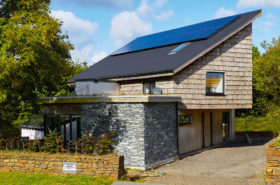
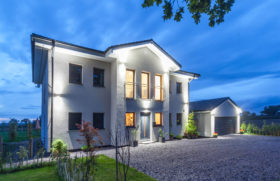






























































































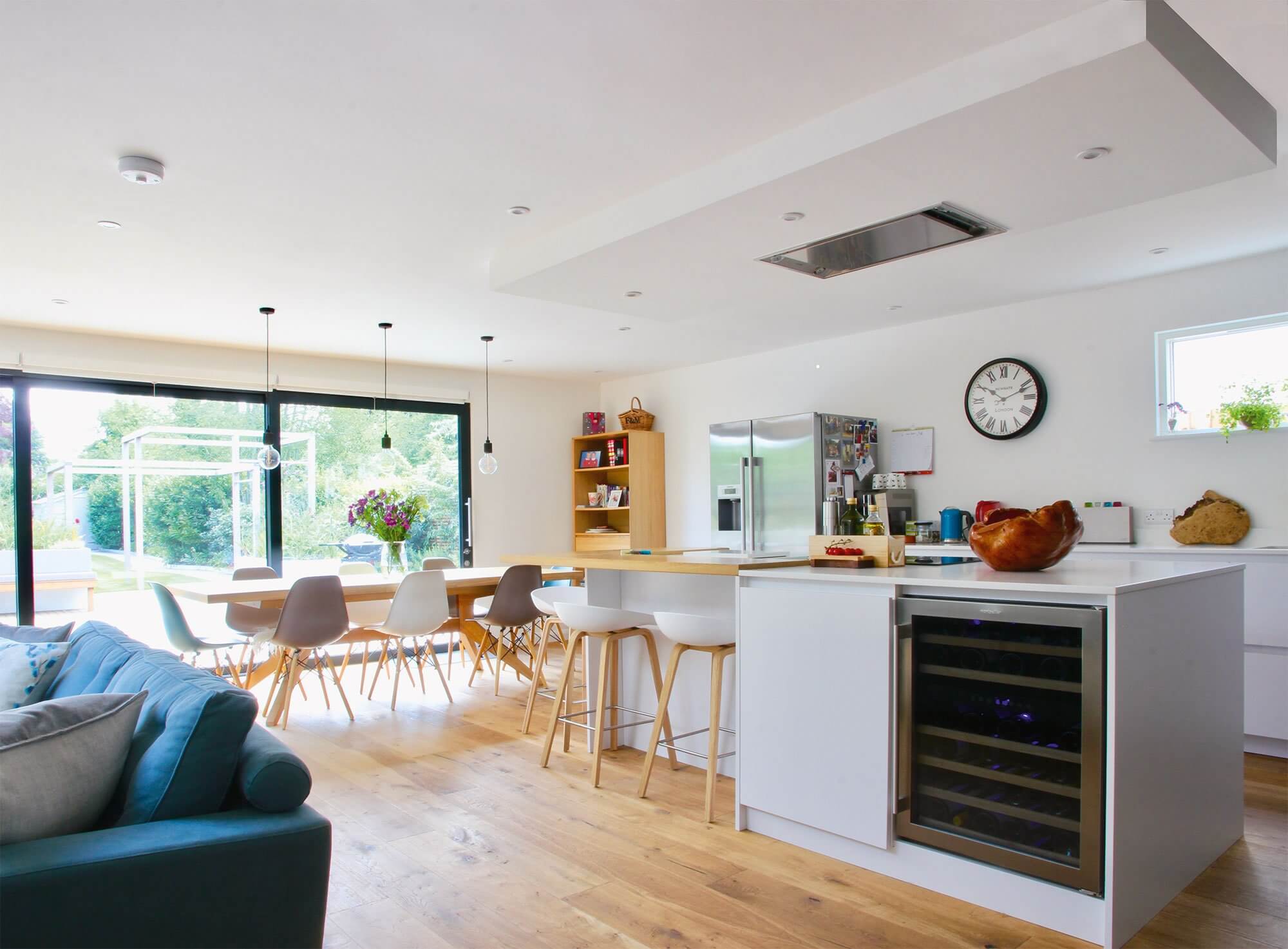
 Login/register to save Article for later
Login/register to save Article for later


